Alexandria, Virginia, is a fascinating city with a history dating back to 1749, and many historic structures remain intact today. The Alexandria area was once a tobacco trading post, the busiest port in the country, a part of the District of Columbia that was home to both the largest slave-trading firm in the country, as well as a large free-black community, a Civil War supply center for Union troops, and a suburb for Federal workers with street cars. After Virginia seceded from the Union in the spring of 1861, federal troops arrived in Alexandria to take control. Alexandria became a logistical supply center for the federal army after Union forces arrived on May 24, 1861. Supply and troops were transported to Alexandria via the port and railroad and then dispersed. Trains brought injured soldiers back to the town, crowding hospitals and temporary medical facilities. In the aftermath of the confiscation, many large buildings were converted into hospitals and other official functions, as well as many new warehouses along the waterfront. Several forts were built in Alexandria to defend the City of Washington during this period.
The city served as the capital of the Restored Government of Virginia during the Civil War, representing seven Virginia counties still under federal control. The economy of Alexandria was in chaos at the end of the Civil War. However, the city itself was spared the destruction experienced by Richmond and Fredericksburg in Virginia. Before the Civil War, Alexandria was a major slave-trading center but had several free black communities. African American life flourished with the establishment of churches, social and fraternal organizations, and businesses. Early Alexandria African Americans were skilled artisans. During the Civil War, African American refugees flooded into Union-controlled areas, including Alexandria and Washington. Some freedmen found work and served in the Union army, but others arrived destitute, malnourished, and in poor health. Freed people died in the area, so a pro-Confederate owner was forced to give up the land for use as a cemetery after hundreds perished. Following the closure of the Freedmen’s Bureau in 1868, the property was returned to its original owners. Eventually, after the grave markers rotted and ownership changed several times, the property was redeveloped for commercial purposes. The cemetery buried about 1800 contrabands and freedmen during its five-year operation.








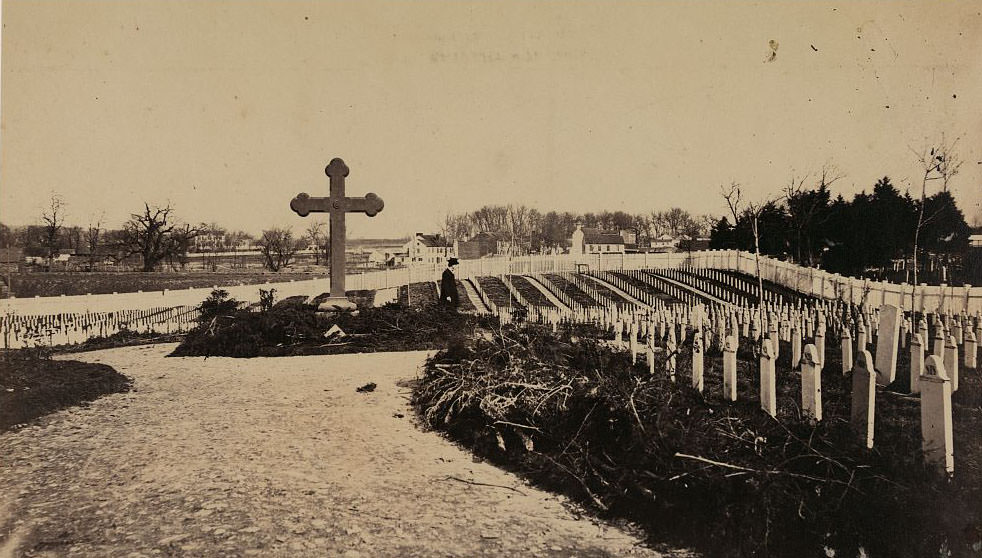





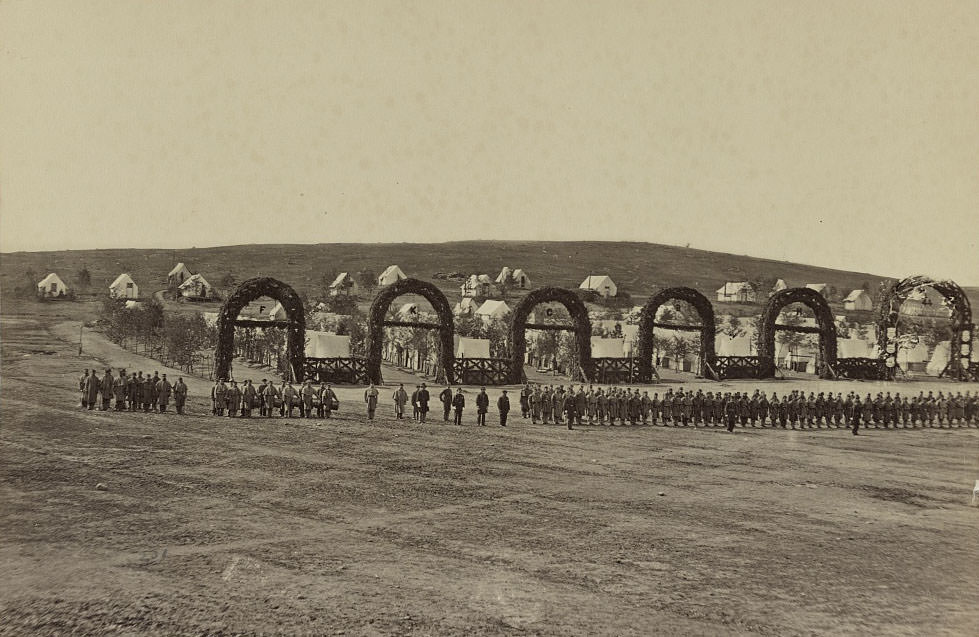











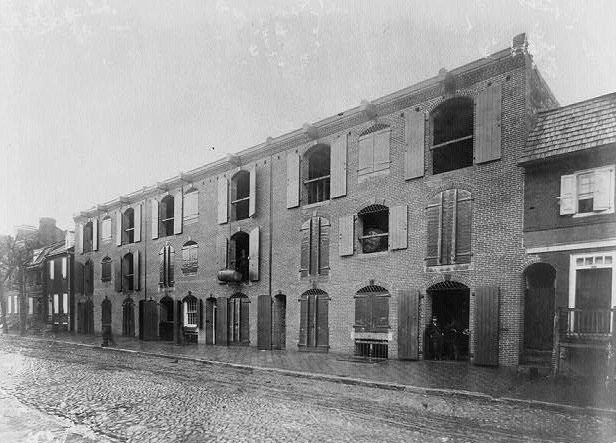
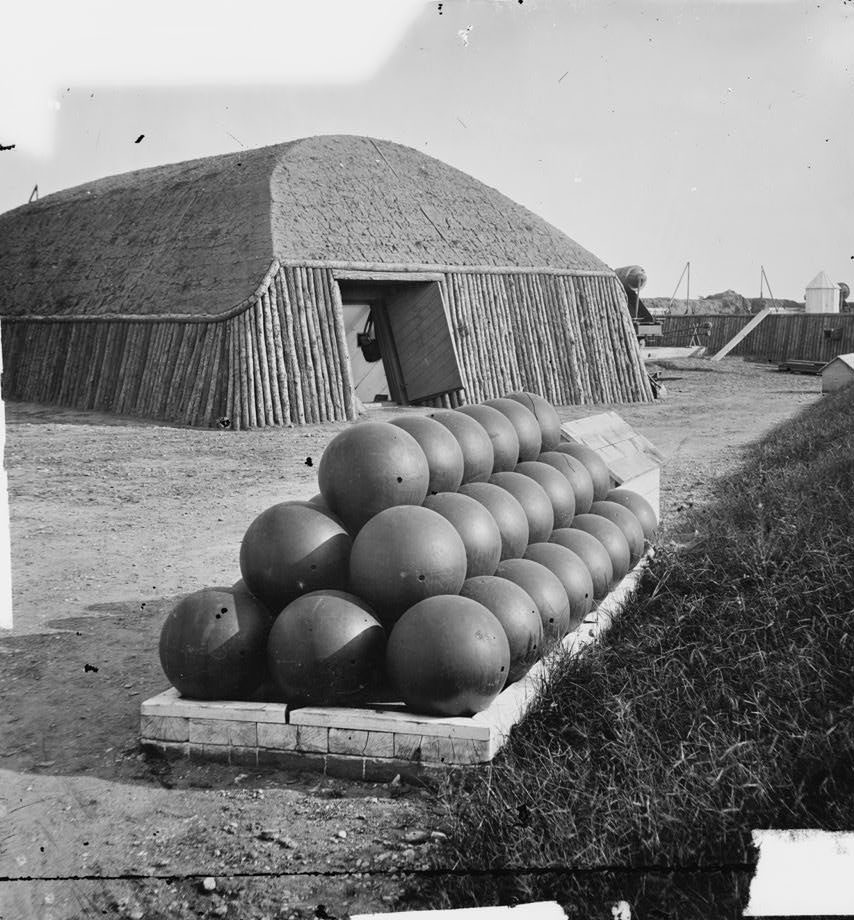





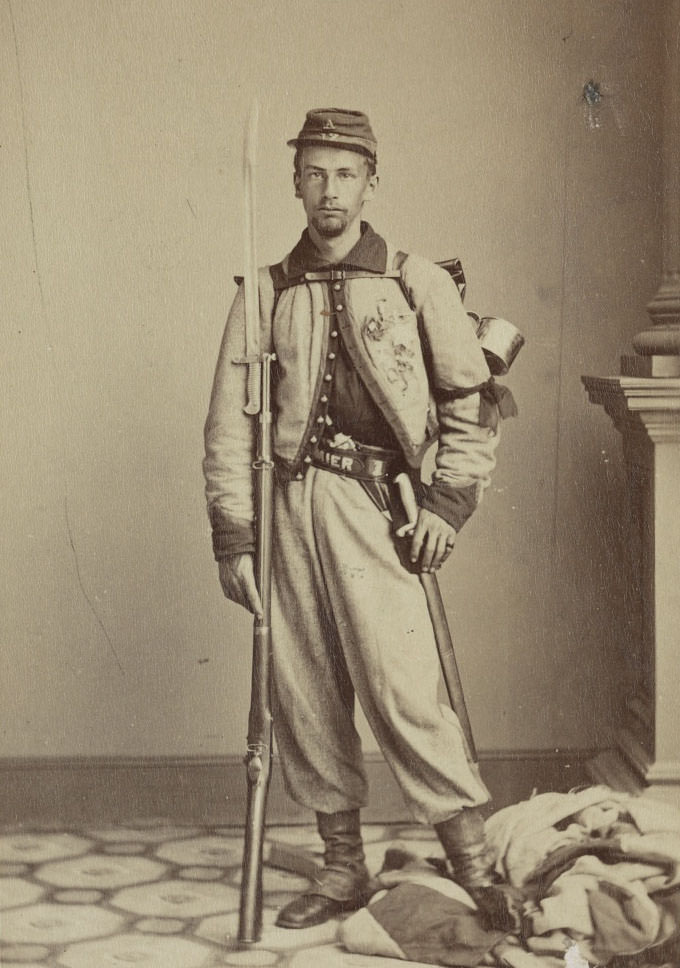

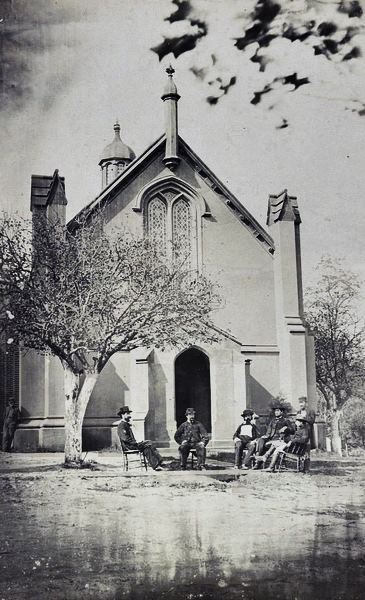






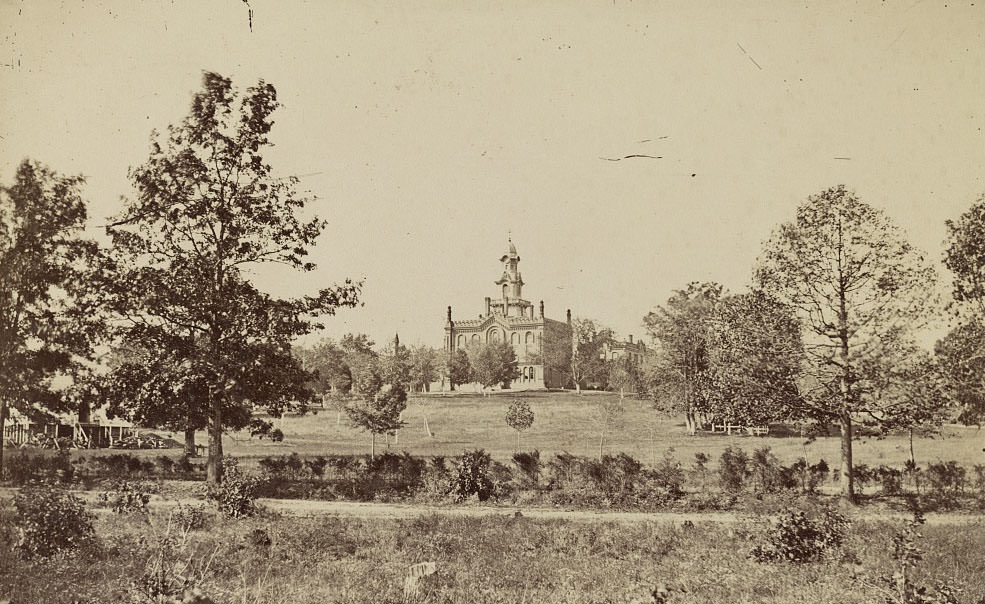




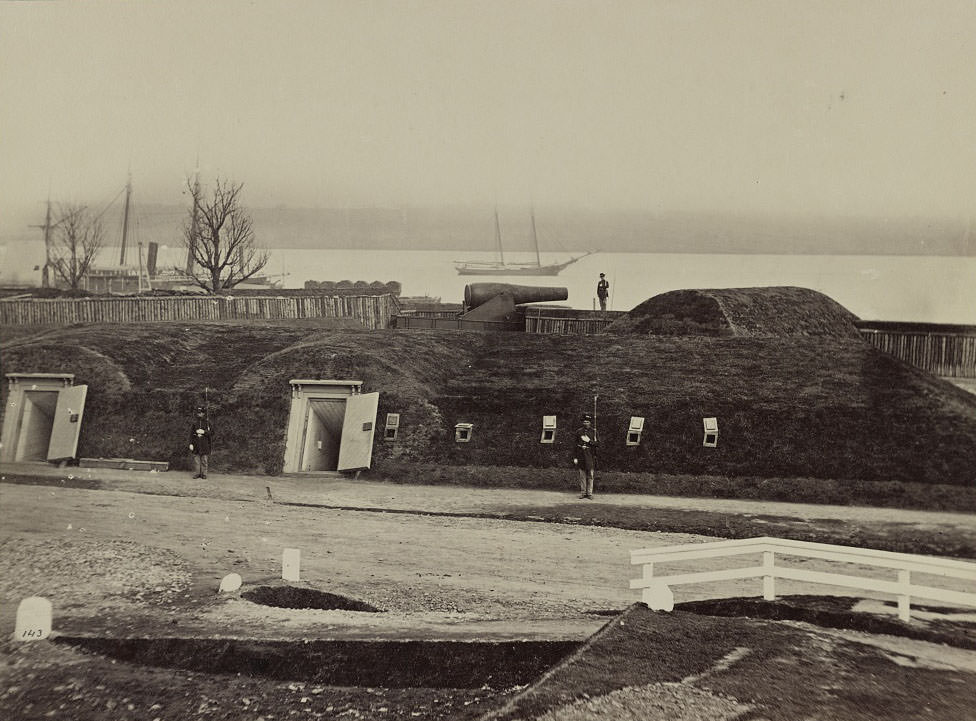





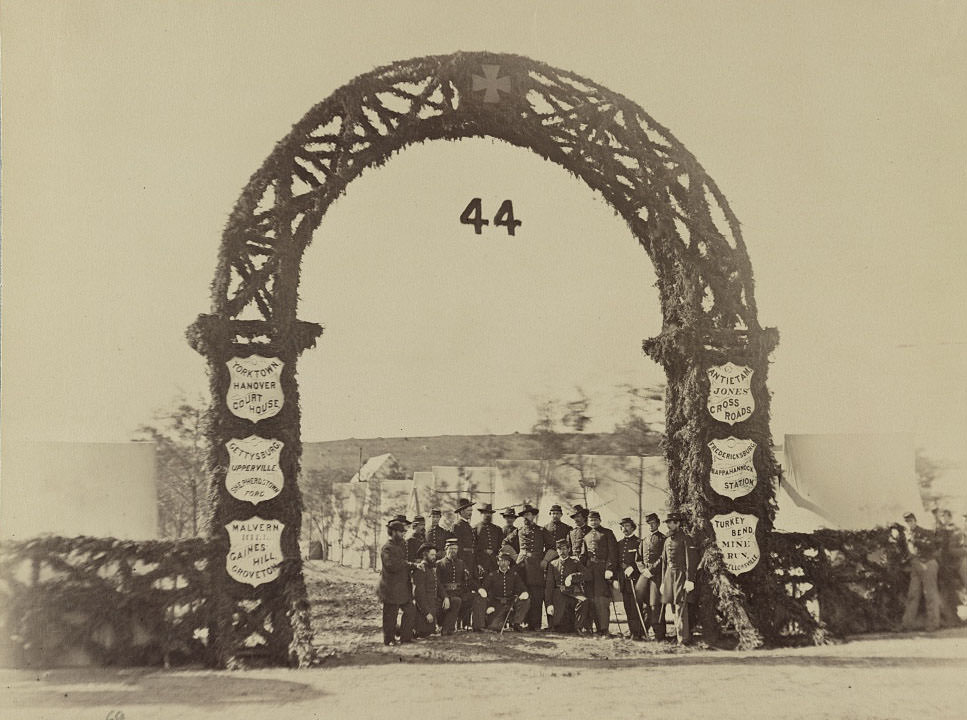

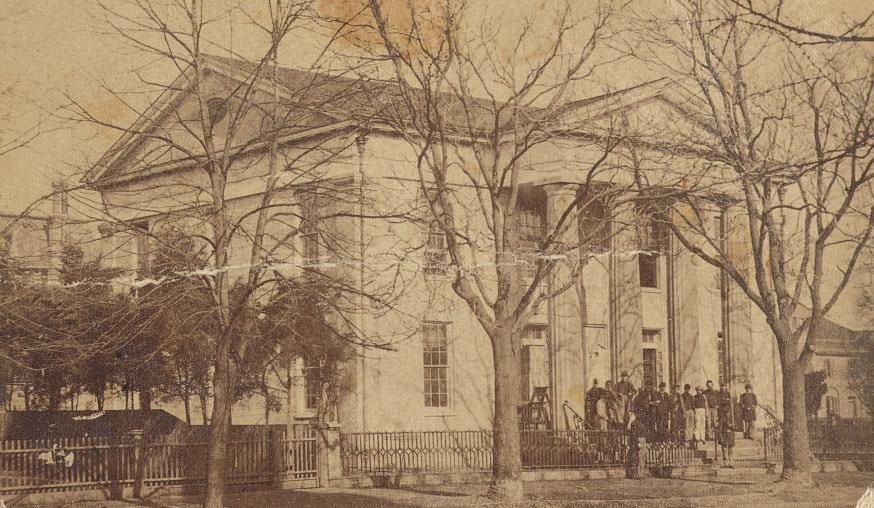





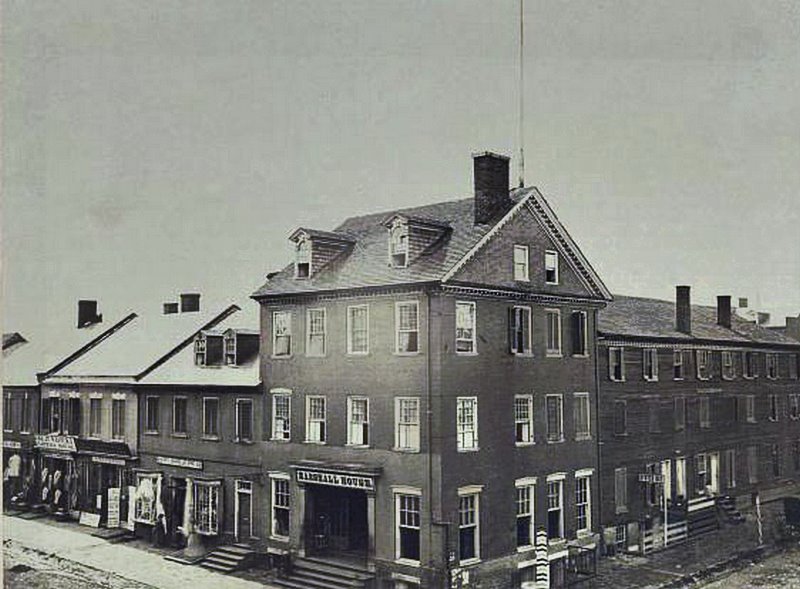



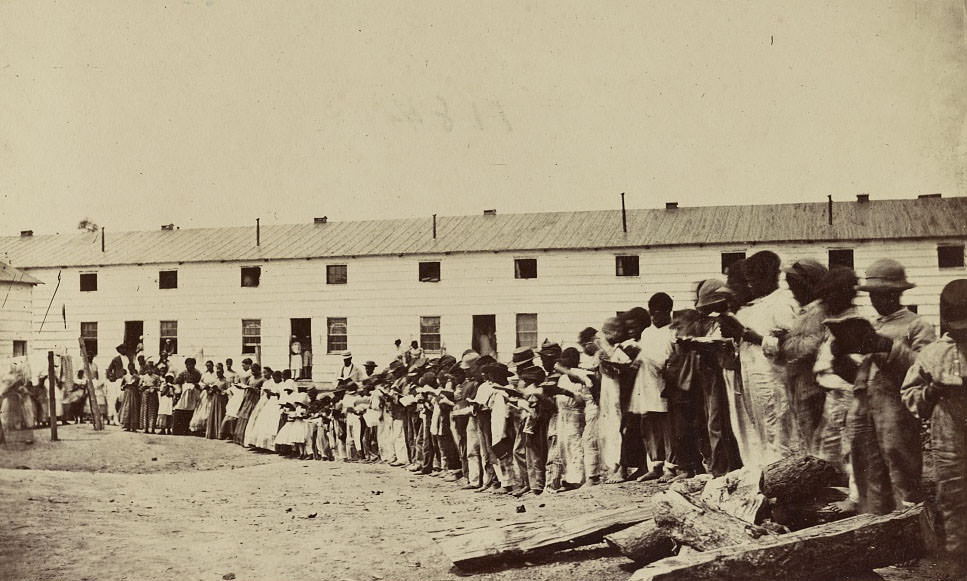































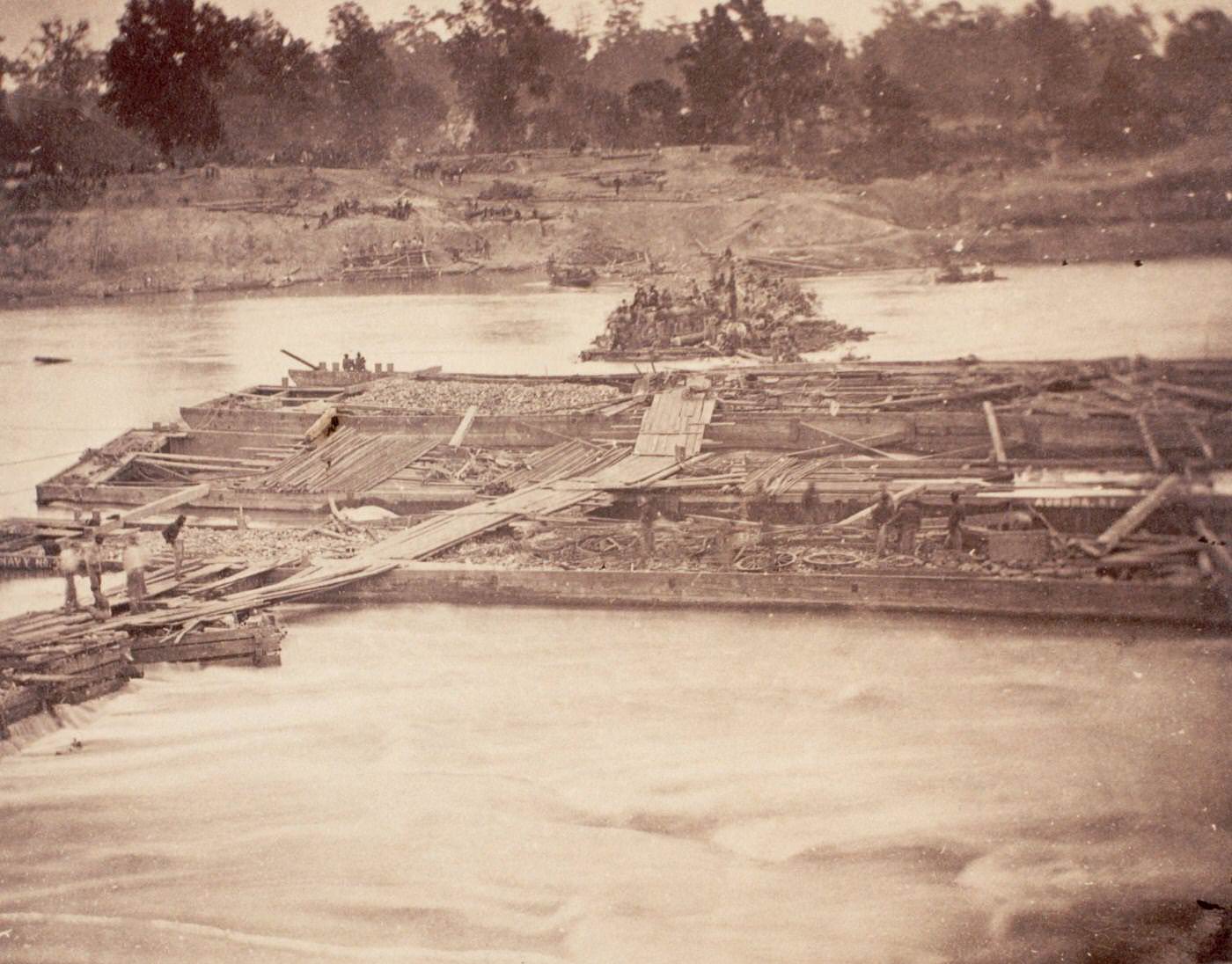
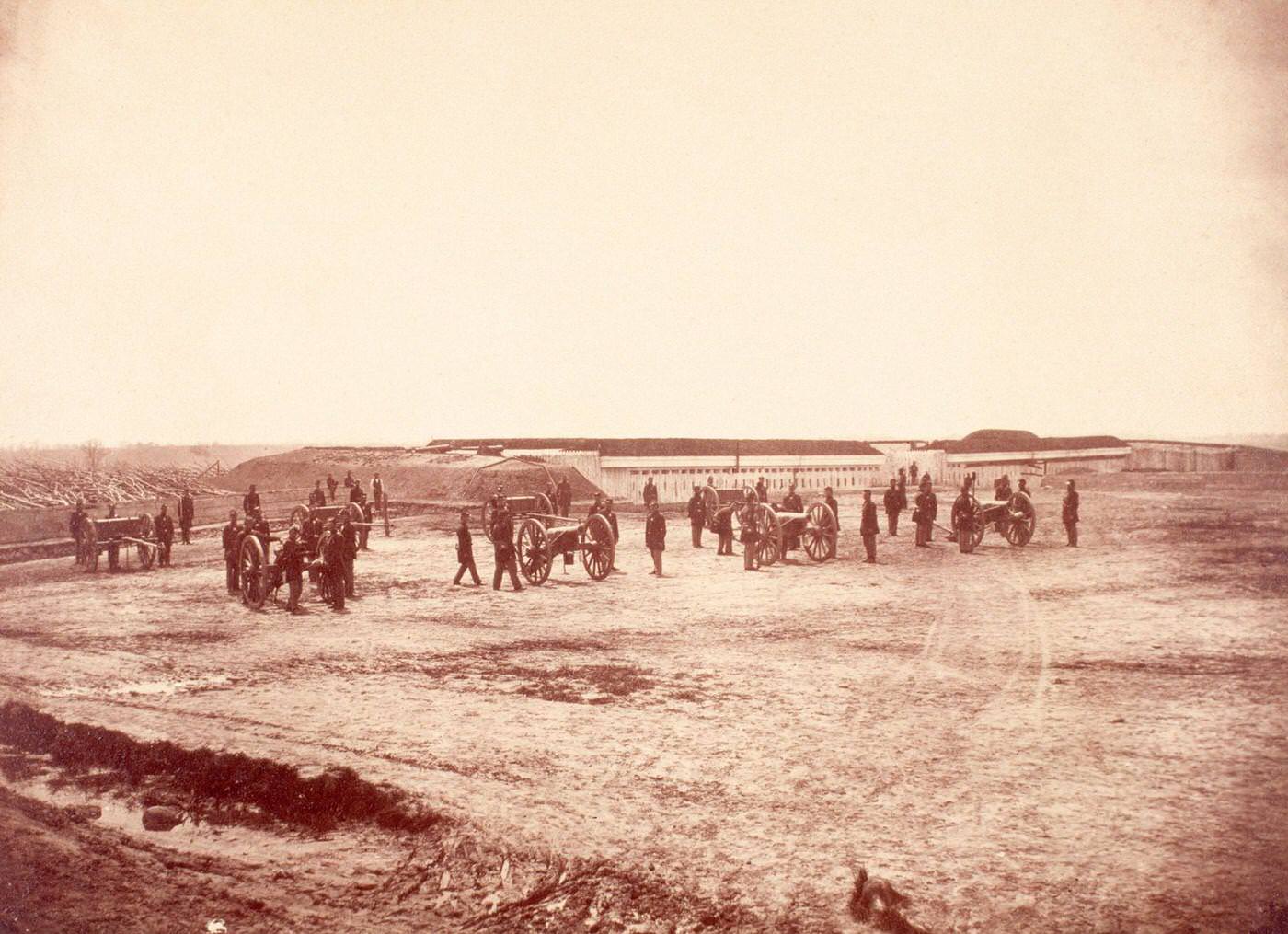











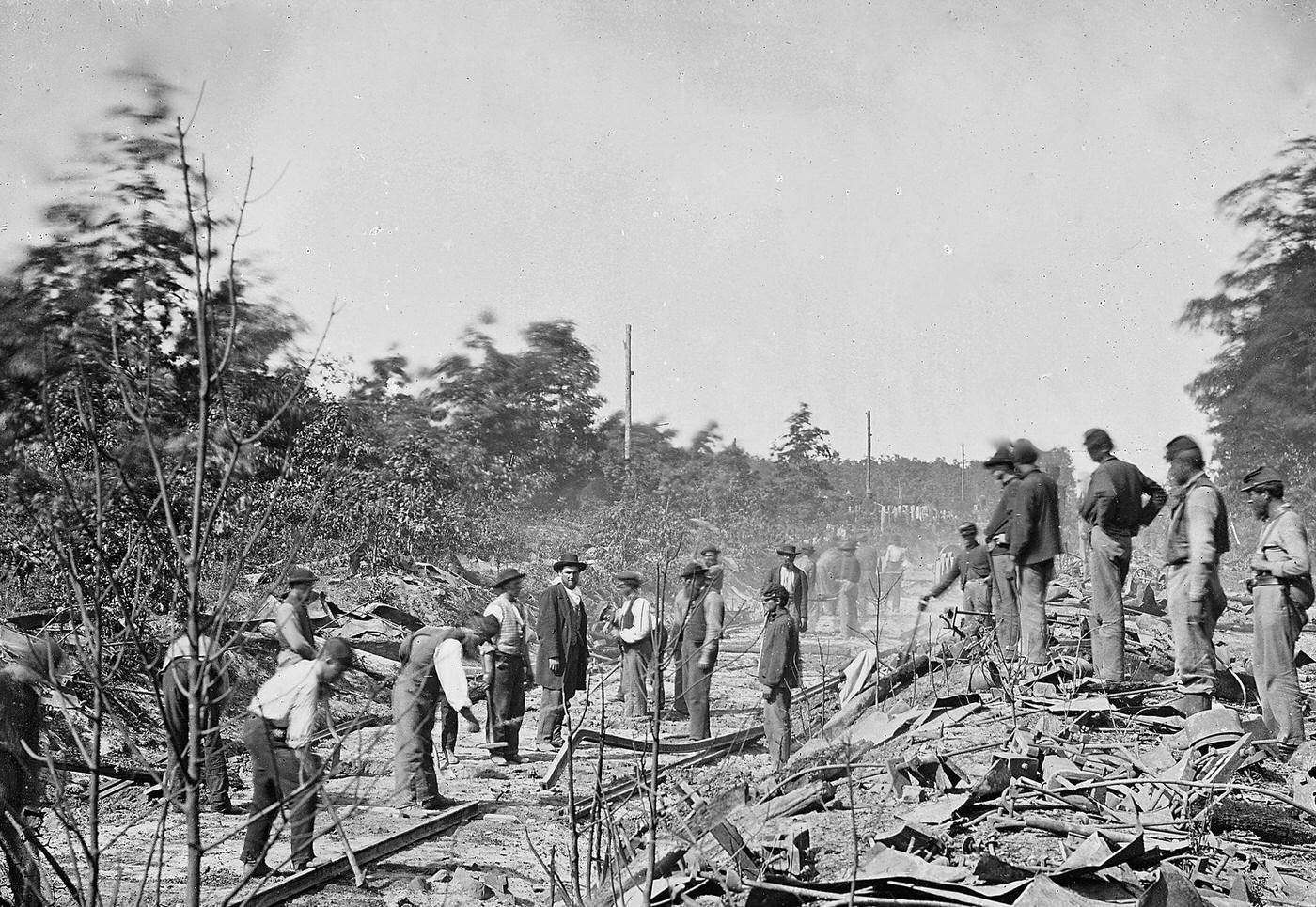


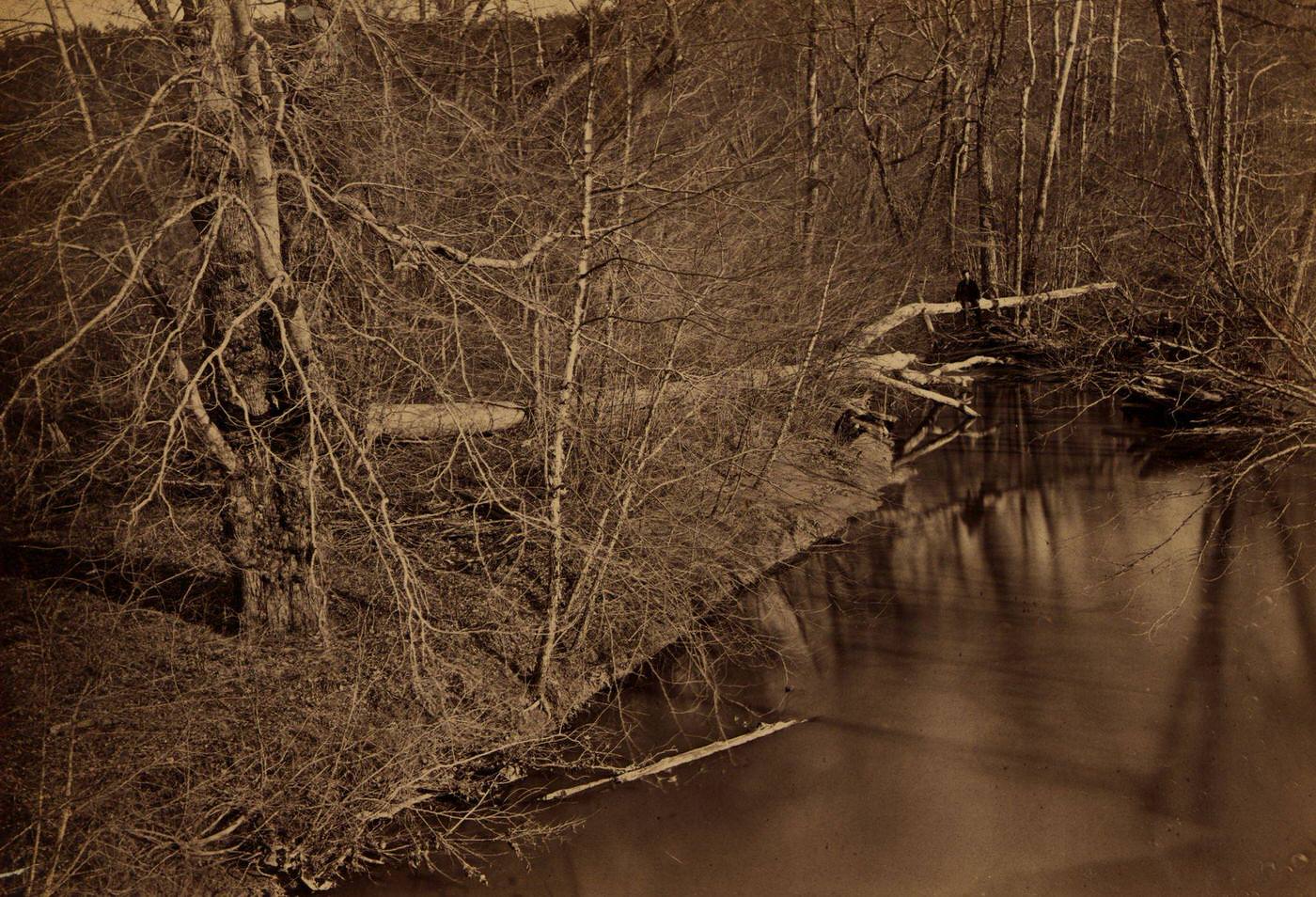










![Bridge on Orange & Alexandria [Virginia] Railroad, as repaired by army engineers under Colonel Herman Haupt, 1863](https://www.bygonely.com/wp-content/uploads/2022/11/Aalexandria_1860s_165.jpg)
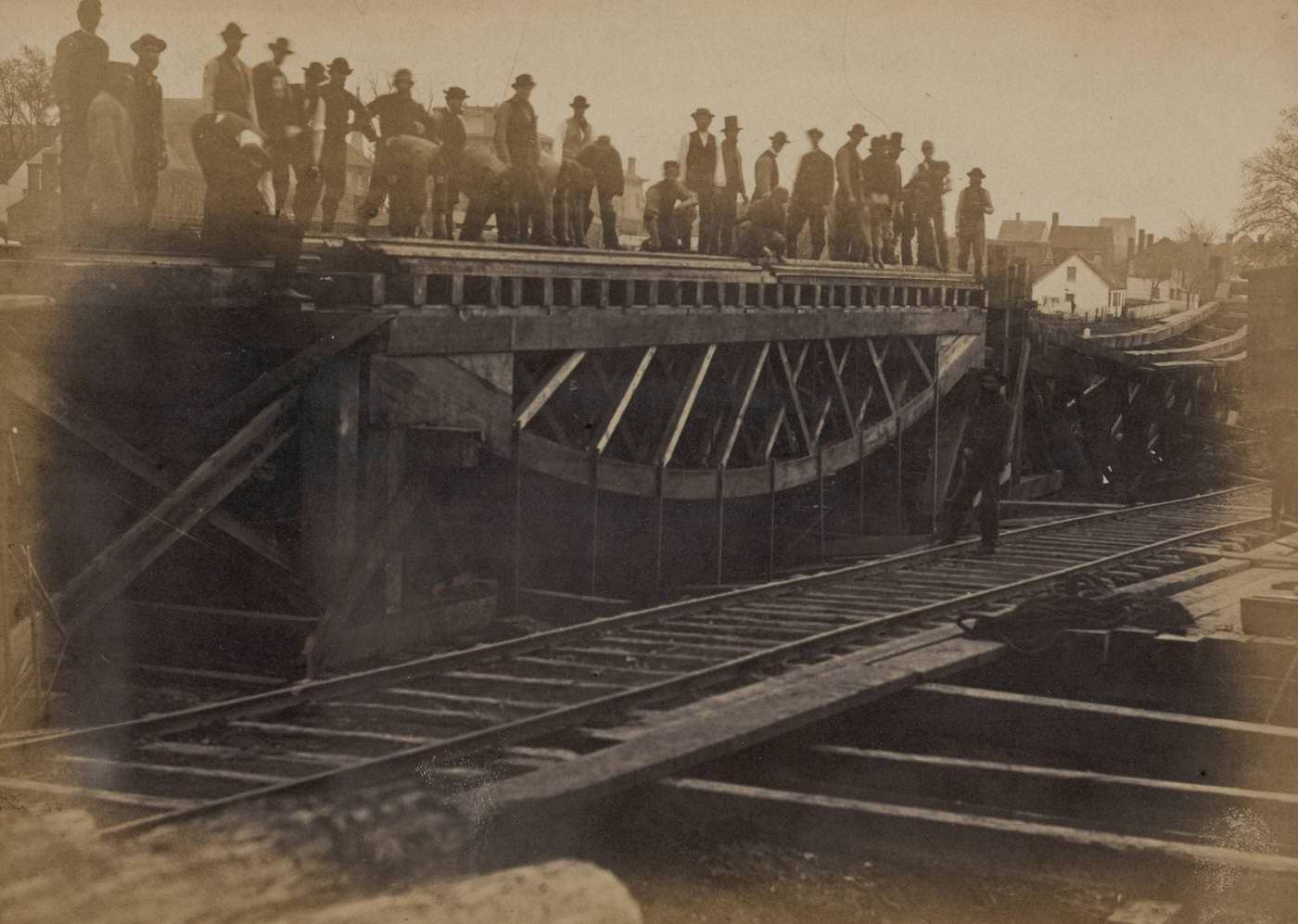



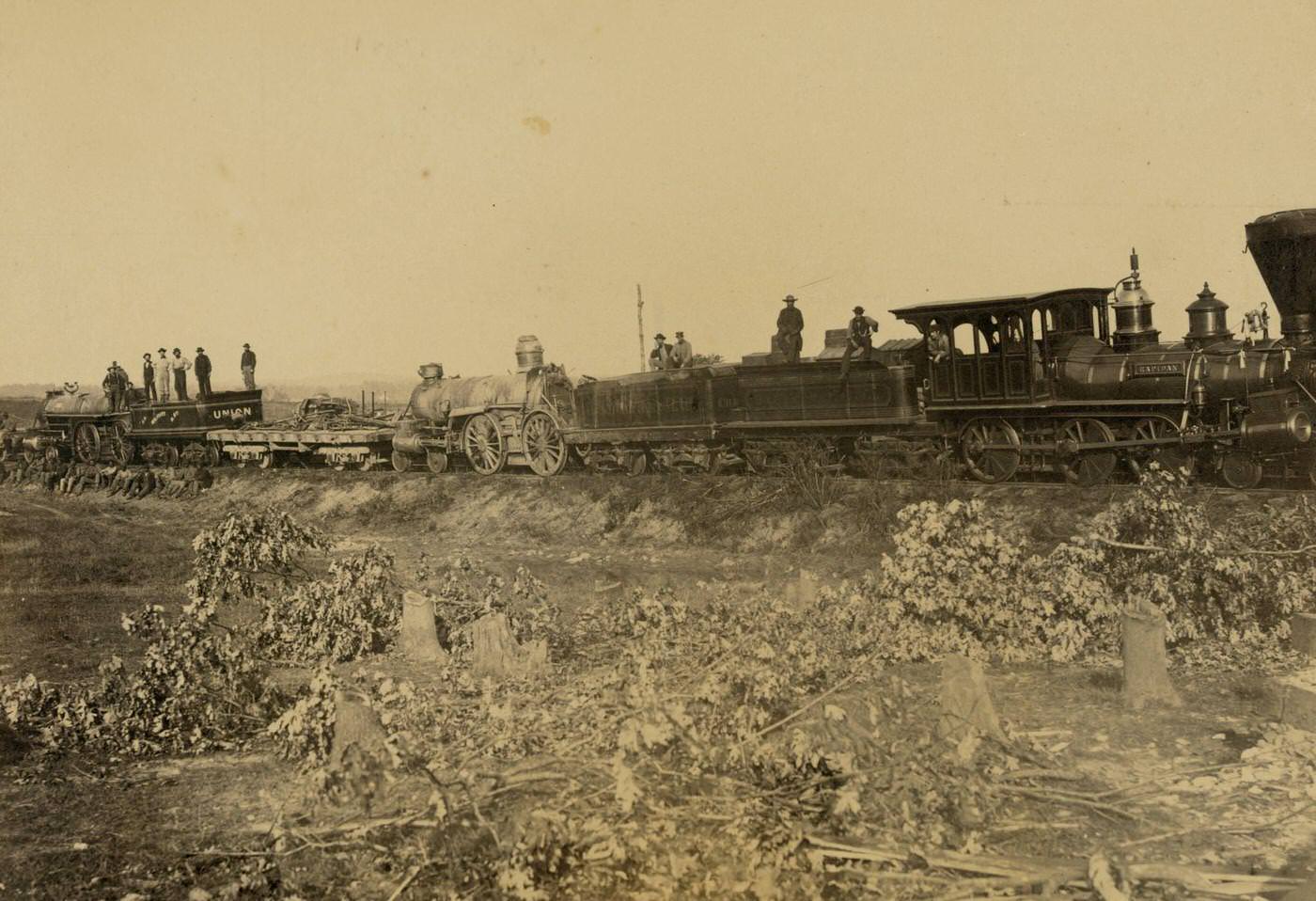






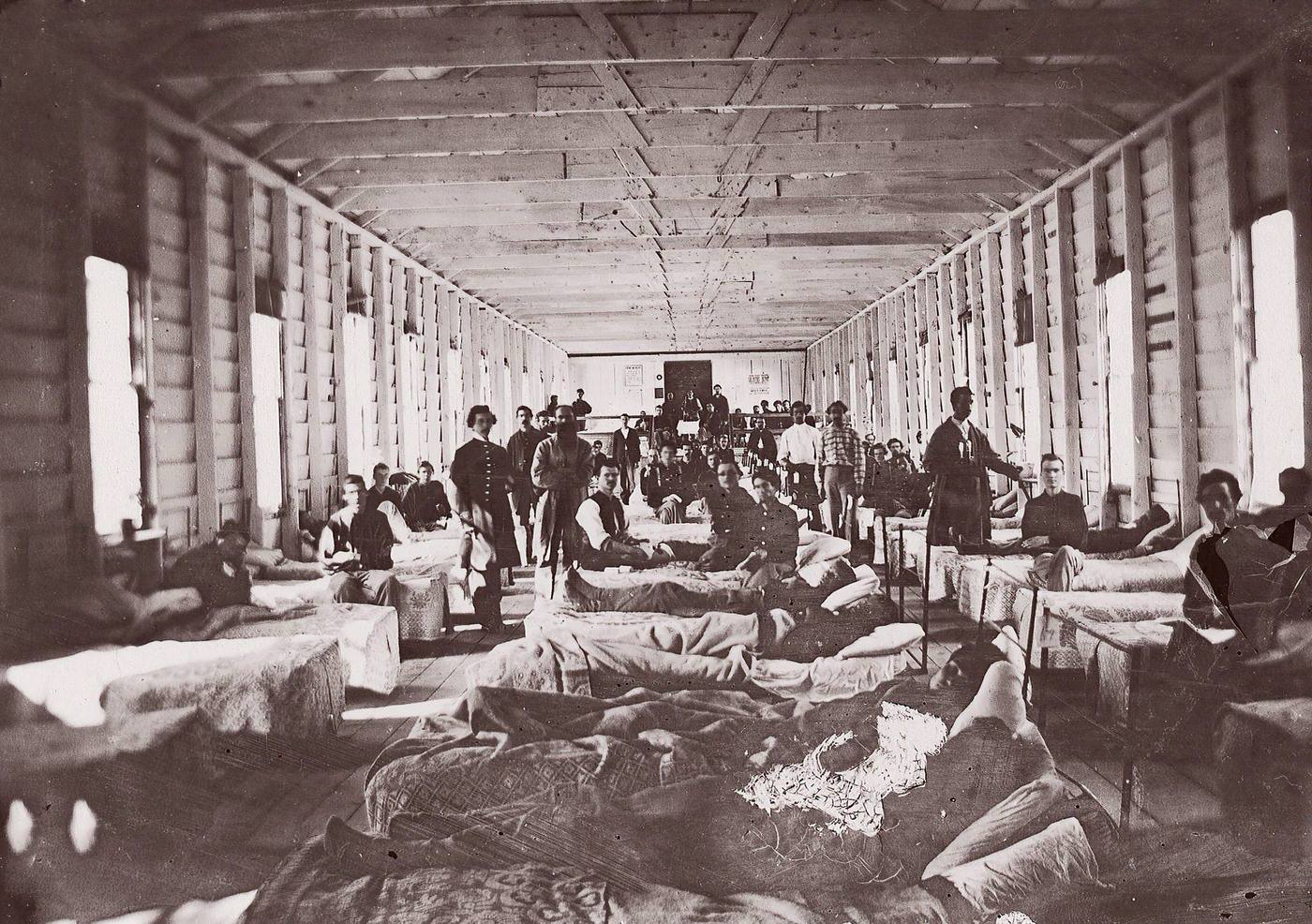










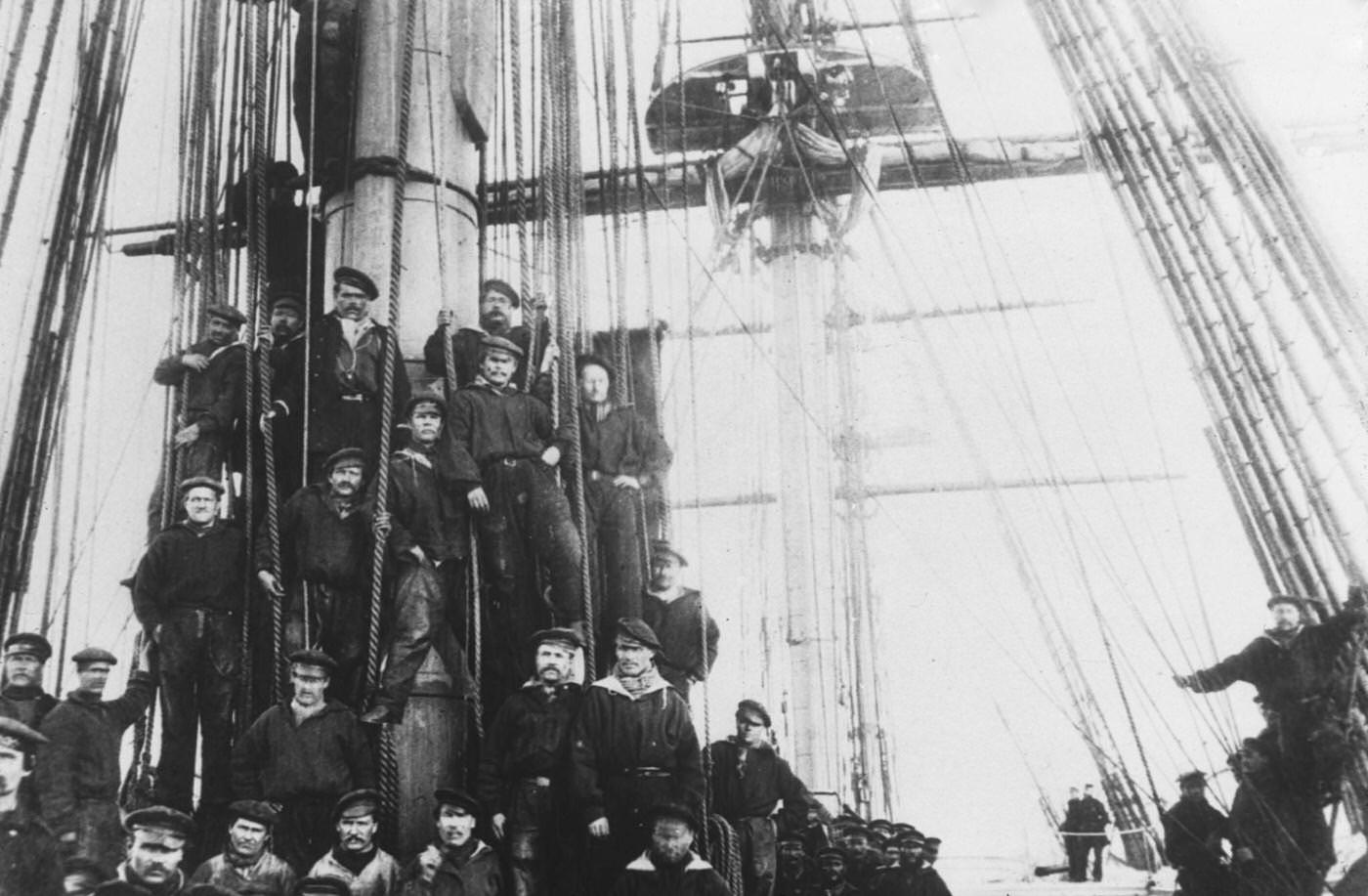




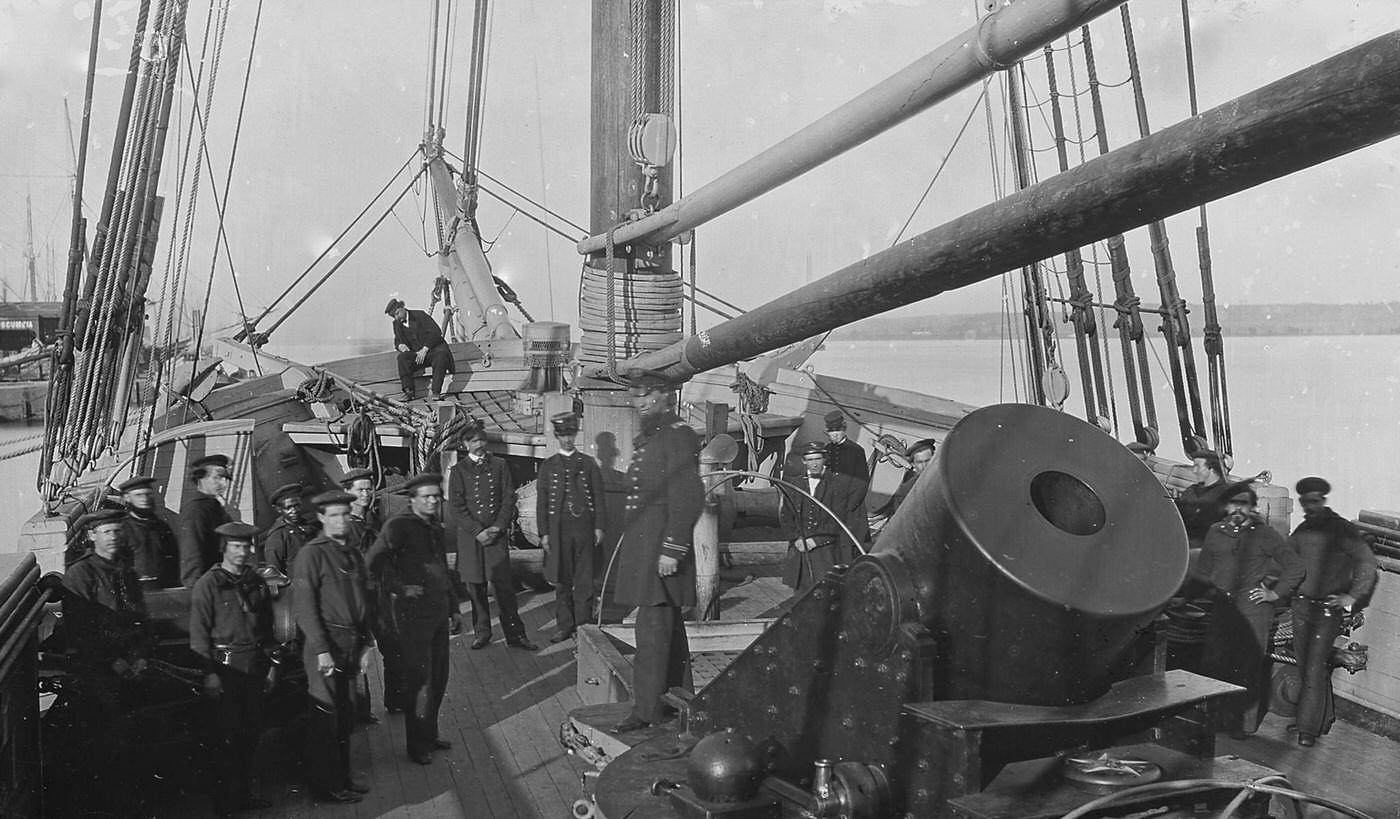








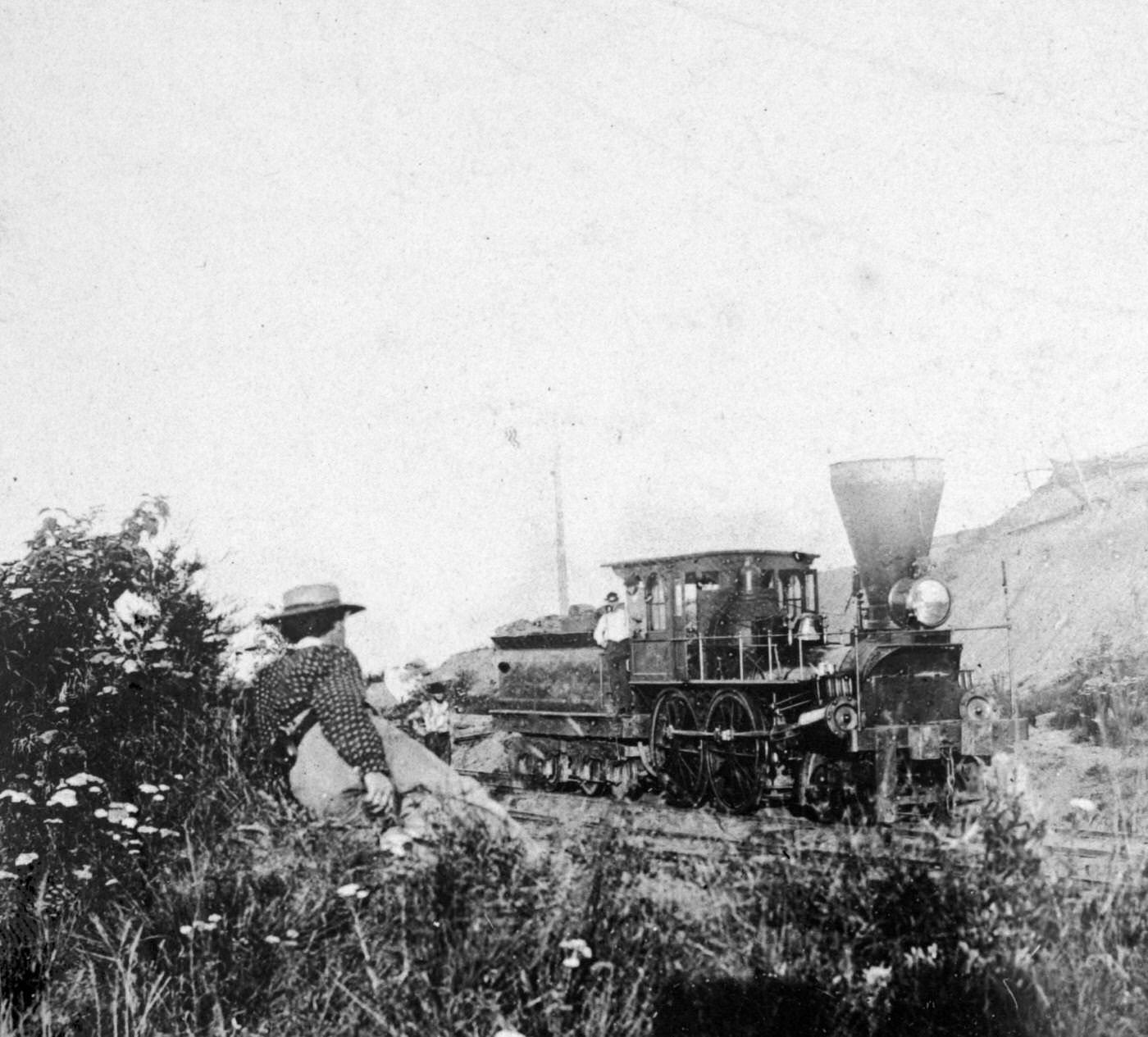



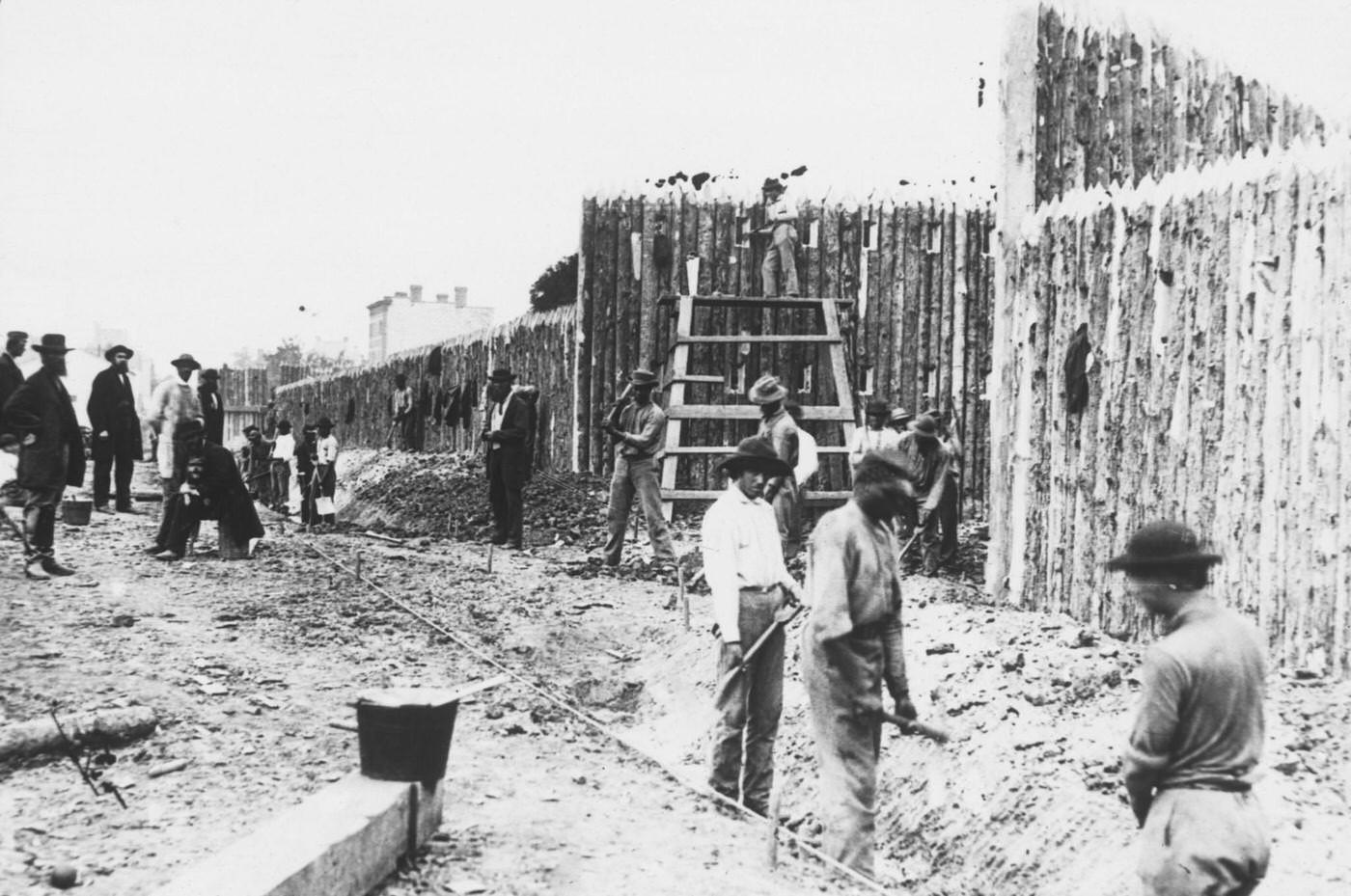



Seminary tower looks the same.
Is ‘Fairfax Seminary’ the Episcopal seminary?